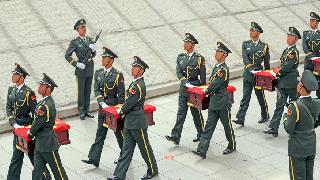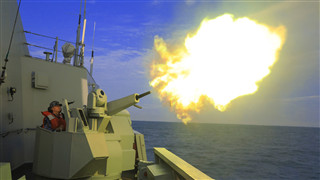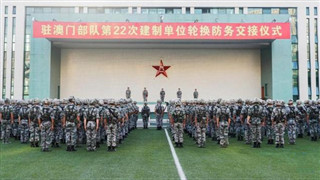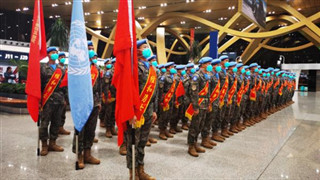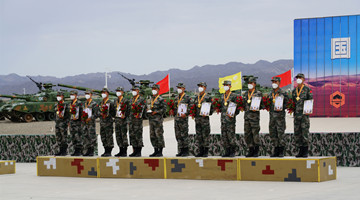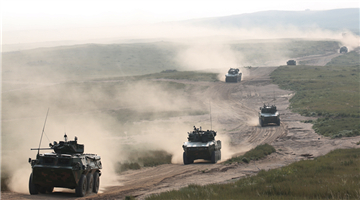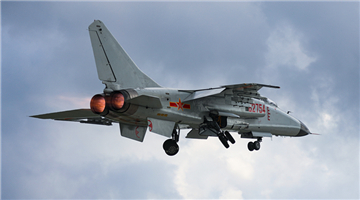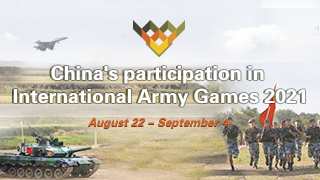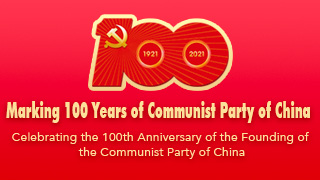In the early autumn, the woods by the Zayu River have turned green, making surrounding villages extraordinarily colorful and wonderful. The rolling mountain ranges and clouds seem to get connected and be within reach. The golden river valley stretching far away has collected what has happened here.

Hero Slope Memorial Park, located in the northeastern suburbs of Zayu County of Nyingchi City, southwest China’s Tibet Autonomous Region, was opened on September 30, 2015. It covers an area of 42,420 square meters with a gross floor area of 1,680 square meters and consists of multiple facilities in memory of martyrs, such as martyr monument, history exhibition hall, walls with engraved names of martyrs, memorial square, corridors, martyr cemetery, etc.

There are many people visiting the memorial park every day to mourn the 447 revolutionary martyrs who have slept here forever. These revolutionary martyrs have sacrificed their lives in the peaceful liberation of Tibet, the Battle of Walong, a self-defense counterattack against India along the China-India border area, the quelling the armed rebellion in Tibet, and the construction of Tibet. They have made great contributions to stabilizing the border area and safeguarding the unification of China.

History must not be forgotten. If you have learned history, you will be more clear today. The land of the solemn memorial park witnessed three important pieces of history.
1. Peaceful liberation of Tibet in 1951
No democratic reforms were carried out in Tibet before 1959, and Tibet had long been in a feudal serfdom society integrating religion with politics under atheocracy ruled by a combined dictatorship of monks and aristocrats, which was even darker and crueler than European serfdom in the Middle Ages.
In old Tibet, officials, aristocrats, and upper-class monks of serf-owner class, accounting for less than 5% of the population, but occupied almost all of the arable land, pastures and most of the livestock in Tibet. Serf owners ruthlessly exploited serfs through compulsory labor and usury. They could even have the right to set up private jails on their own manor ground, with methods of killing extremely brutal and cruel, such as gouging out eyes, cutting off ears, chopping off hands or feet, plucking out the sinews, and throwing into river.
As the People’s Republic of China was established in 1949, the Central People’s Government decided to adopt a policy of peacefully liberating Tibet. However, Daza Ngawang Songrao, the regent who controlled the local government at that time with his gang, and was backed by certain foreign forces, mobilized the main troops of the Tibetan army stationed in Qamdo in eastern Tibet to deploy for defense, attempting to confront by force.
In October 1950, upon receiving the order from the Central People’s Government, the People’s Liberation Army (PLA) troops started to cross the Jinsha River to liberate Qamdo. After the victory in the Battle of Qamdo, Chairman Mao Zedong received the peaceful negotiation delegation of Tibet, and jointly signed the Agreement of the Central People's Government and the Local Government of Tibet on Measures for the Peaceful Liberation of Tibet (the 17-Article Agreement), making peaceful liberation of Tibet.
The peaceful liberation serves to realize the unity of the people of all ethnic groups across China and the unity within Tibet. Since then, Tibet has opened a new chapter in social development.


